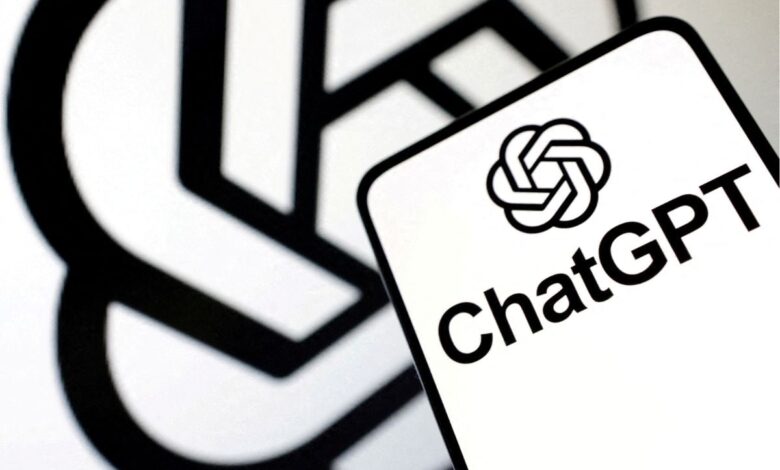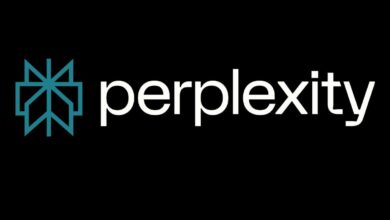GPT-5 AI Model: Release Date, Variants & News

OpenAI’s GPT-5: A New Era of AI is Coming
Rumors are swirling about the imminent release of OpenAI’s next-generation AI model, GPT-5, potentially as early as August. This new model promises significant advancements in reasoning and capabilities, with whisperings of ‘mini’ and ‘nano’ variants to cater to diverse applications. Let’s delve into what we know, what’s speculated, and what GPT-5 could mean for the future of artificial intelligence.
GPT-5: What We Know So Far
While official details remain scarce, reports suggest that GPT-5 will represent a unification of OpenAI’s GPT and o-series models, resulting in a more powerful and versatile AI capable of native reasoning. This is a significant step forward from previous models, which relied on chain-of-thought prompting for complex tasks. GPT-5 is expected to be a substantial leap in AI capabilities.
The End of the O-Series and a New Beginning
GPT-5 is rumored to mark the end of the o-series model. OpenAI is planning to unify both the GPT-series and o-series into a combined model capable of native reasoning.
Mini and Nano Variants: AI for Every Need
Perhaps the most intriguing aspect of the GPT-5 release is the introduction of ‘mini’ and ‘nano’ variants. These smaller, more efficient versions of the model could open up new possibilities for AI deployment on resource-constrained devices and applications. Imagine having a powerful AI assistant on your smartphone or embedded in IoT devices, all powered by GPT-5 technology.
- Base Model: The standard, full-fledged GPT-5, accessible via ChatGPT and API.
- Mini Model: A smaller, optimized version, also available through ChatGPT and API.
- Nano Model: The most compact variant, designed for API access only, likely targeting specific, resource-sensitive applications.
GPT-4.5 and the Road to GPT-5
Earlier this year, OpenAI released GPT-4.5, which served as a stepping stone towards GPT-5. CEO Sam Altman indicated that GPT-4.5 would be the last non-chain-of-thought (CoT) model, signaling a shift towards native reasoning capabilities in future GPT iterations.
Sam Altman’s Vision for the Future of GPT
Sam Altman has shared some insights into the future direction of the GPT series. He emphasized the importance of native reasoning capabilities, suggesting that future models would be able to determine when to engage in more extended thought processes. He also mentioned that free-tier ChatGPT users would have unlimited chat access at standard intelligence, while Plus and Pro subscribers would receive a higher level of intelligence. Moreover, the model will also have access to every single OpenAI tool, including voice, Canvas, Search, Deep Research, and more.
Potential Applications of GPT-5
The enhanced reasoning and capabilities of GPT-5 could unlock a wide range of applications across various industries:
- Enhanced Customer Service: More intelligent and personalized chatbots capable of resolving complex issues.
- Advanced Content Creation: AI-powered tools for generating high-quality articles, marketing copy, and creative content.
- Improved Data Analysis: The ability to extract insights and identify patterns from large datasets more effectively.
- Personalized Education: AI tutors that adapt to individual learning styles and provide customized support.
- Code Generation and Debugging: Assisting developers in writing and debugging code more efficiently.
| Feature | GPT-4 | GPT-5 (Projected) |
|---|---|---|
| Reasoning | Chain-of-thought prompting required | Native reasoning capabilities |
| Model Variants | None | Base, Mini, Nano |
| Access | ChatGPT, API | ChatGPT, API (Base & Mini), API (Nano) |
| Key Improvement | Enhanced Contextual Understanding | Native Reasoning |
The Impact of GPT-5
The release of GPT-5 is poised to have a significant impact on the AI landscape. Its improved reasoning capabilities and the introduction of mini and nano variants could democratize access to AI, making it more accessible and adaptable to a wider range of applications. As we await the official launch, the anticipation continues to build for what GPT-5 will bring to the world.
GPT-5: Addressing Challenges and Ethical Considerations
As we eagerly anticipate the arrival of GPT-5, it’s crucial to address the potential challenges and ethical considerations that come with such powerful AI technology. OpenAI and other AI developers must prioritize responsible development practices, including:
- Bias Mitigation: Ensuring that the model is trained on diverse datasets to minimize biases and promote fairness.
- Transparency: Providing greater transparency into the model’s decision-making processes.
- Safety: Implementing safeguards to prevent misuse and ensure the model operates safely and reliably.
- Job displacement: Strategizing ways to mitigate potential employment shifts.
By addressing these challenges proactively, we can harness the power of GPT-5 for good and ensure that it benefits society as a whole.




